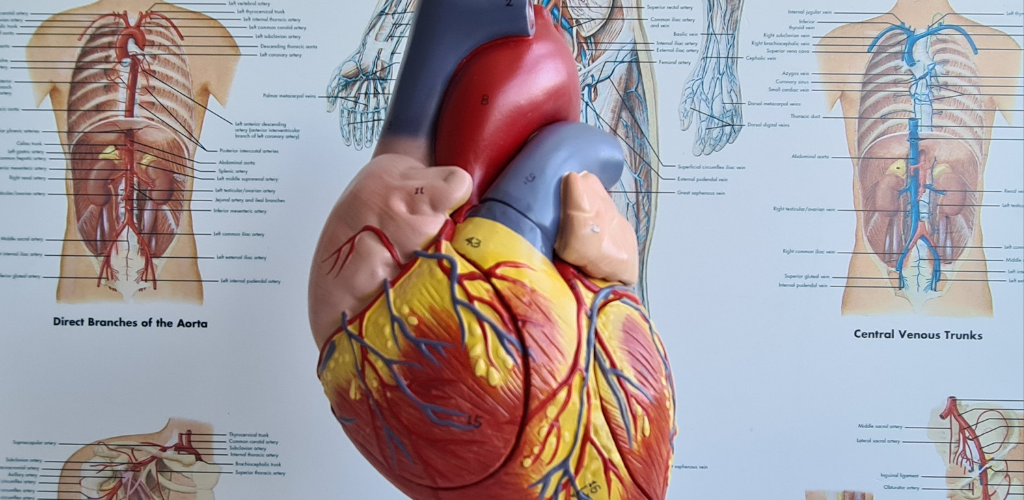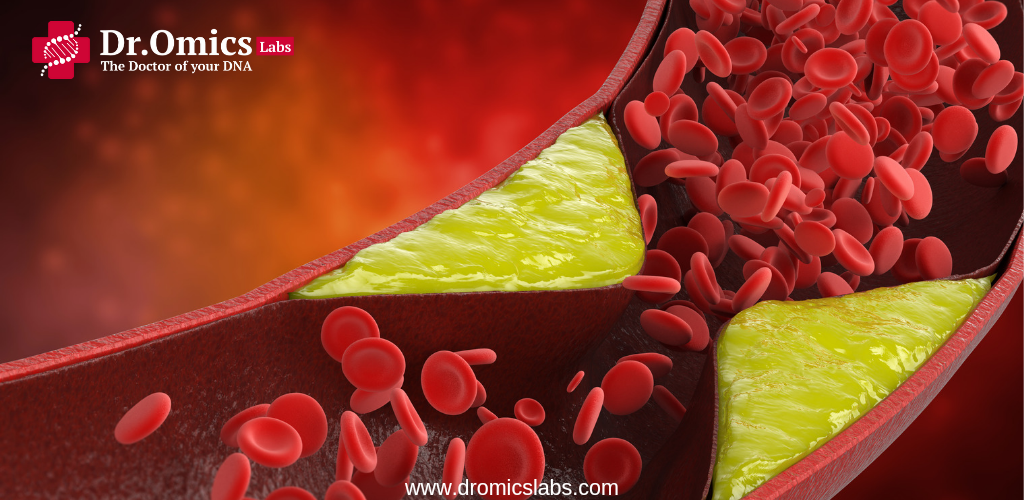Cardiovascular diseases (CVDs) stand as a leading cause of global morbidity and mortality, necessitating extensive research to comprehend their complexities and develop effective preventive measures and treatments. This comprehensive blog explores the landscape of cardiovascular diseases, delving into key aspects of CVDs, recent breakthroughs, and the evolving research strategies aimed at mitigating the impact of these conditions on public health.
Cardiovascular Disease :
The landscape of cardiovascular diseases (CVDs) is a critical area of concern, given their status as a leading global cause of mortality and disability. In recent years, the prevalence of CVDs has been steadily rising, with an estimated 17.9 million people dying from CVDs in 2019, representing 32% of all global deaths. The role of heart and vascular clinics in modern healthcare, as well as the power of collaboration in the fight against cardiovascular disease, are also significant aspects of this field. Furthermore, the latest updates on cardiovascular clinical research and the importance of research and advancement in the context of heart and vascular care have been highlighted. This blog will delve into the various facets of CVDs, including prevention, diagnosis, treatment, and the ongoing research landscape, to provide a comprehensive overview of this critical health issue.
What are the most common types of cardiovascular diseases
The most common types of cardiovascular diseases (CVDs) include:
- Coronary Heart Disease (CHD): This is the most prevalent form of heart disease, characterised by the narrowing or hardening of the arteries supplying blood to the heart due to the build-up of plaque, a condition known as atherosclerosis.
- Heart Failure: This occurs when the heart muscle is weakened and cannot pump blood efficiently, often caused by conditions such as high blood pressure, heart attack, or faulty heart valves.
- Arrhythmia: This is a problem with the heart’s electrical conduction system, leading to abnormal heart rhythms.
- Stroke: A condition that occurs when the blood supply to the brain is interrupted, leading to damage to brain cells. It is a significant type of CVD.
- Peripheral Arterial Disease: This involves the build-up of plaque in the arteries supplying blood to the arms and legs, leading to reduced blood flow.
These types of CVDs are major contributors to global mortality and disability, emphasising the importance of understanding, preventing, and managing these conditions.
What are the risk factors for developing cardiovascular diseases ?
The risk factors for developing cardiovascular diseases (CVDs) include:
- Unhealthy Lifestyle Habits:
– Smoking.
– Lack of exercise.
– Unhealthy diet.
– Obesity.
- Medical Conditions:
– High blood pressure.
– High cholesterol levels.
– Diabetes.
- Other Factors:
– Age.
– Family history of heart disease or other cardiovascular diseases.
It’s important to note that while some risk factors, such as age and family history, cannot be modified, many others, including smoking, physical inactivity, and poor diet, can be addressed through lifestyle changes and medical treatment.
What are the symptoms of cardiovascular diseases ?
The symptoms of cardiovascular diseases (CVDs) can vary depending on the specific condition, but common symptoms include:
- Coronary Artery Disease:
– Chest pain or discomfort (angina)
– Shortness of breath
– Pain in the neck, jaw, throat, upper belly area, or back
– Pain, numbness, weakness, or coldness in the legs or arms if the blood vessels in those body areas are narrowed
- Irregular Heartbeats (Arrhythmias):
– Chest pain or discomfort
– Dizziness
– Fainting or near fainting
– Fluttering in the chest
- Heart Failure:
– Shortness of breath
– Fatigue
– Swelling of the feet, ankles, legs, abdomen, or neck veins
- Rheumatic Heart Disease:
– Shortness of breath
– Fatigue
– Irregular heartbeats
– Chest pain
– Fainting
- General Symptoms:
– Chest pain
– Nausea or vomiting
– Extreme fatigue
– Dizziness
– Sweating
– Pain or discomfort in the arms or legs.
It’s important to note that some individuals with CVDs may not experience any symptoms, making regular check-ups and screenings essential, especially for those with risk factors or a family history of CVDs.
Conclusion :
In conclusion, cardiovascular diseases (CVDs) pose a significant global health challenge, with increasing prevalence and substantial mortality rates. Understanding the common types, risk factors, and symptoms of CVDs is crucial for prevention, timely diagnosis, and effective management. As research continues to advance in this field, collaborative efforts and innovative strategies are essential to mitigate the impact of CVDs on public health. Regular screenings and lifestyle modifications play pivotal roles in reducing the burden of CVDs worldwide.
Citations:
[1] https://www.delveinsight.com/blog/cardiovascular-disease-landscape
[2] https://scirent.com/cardiovascular_clinical_research_blog/
[3] https://www.pennmedicine.org/updates/blogs/heart-and-vascular-blog/blog-list
[4] https://hvcmd.com/the-role-of-heart-and-vascular-clinics-in-modern-healthcare/
[5] https://www.pcori.org/blog/power-collaboration-fight-against-cardiovascular-disease
[6] https://www.delveinsight.com/blog/cardiovascular-disease-landscape




